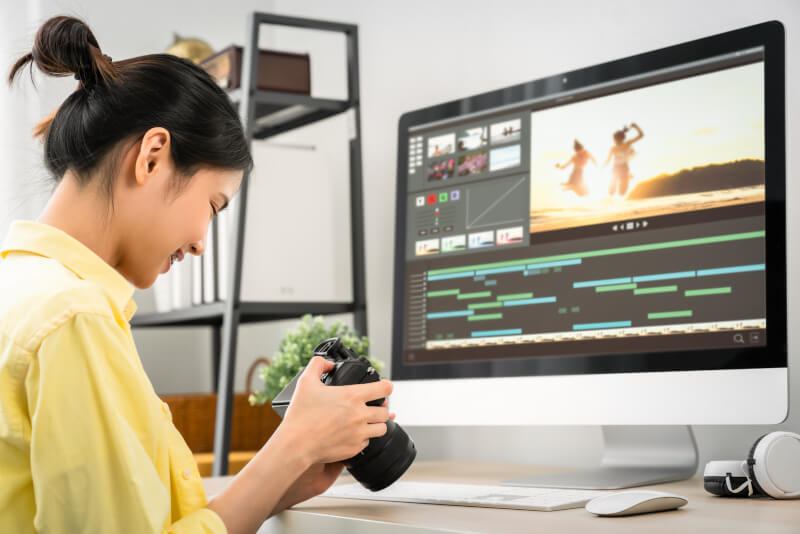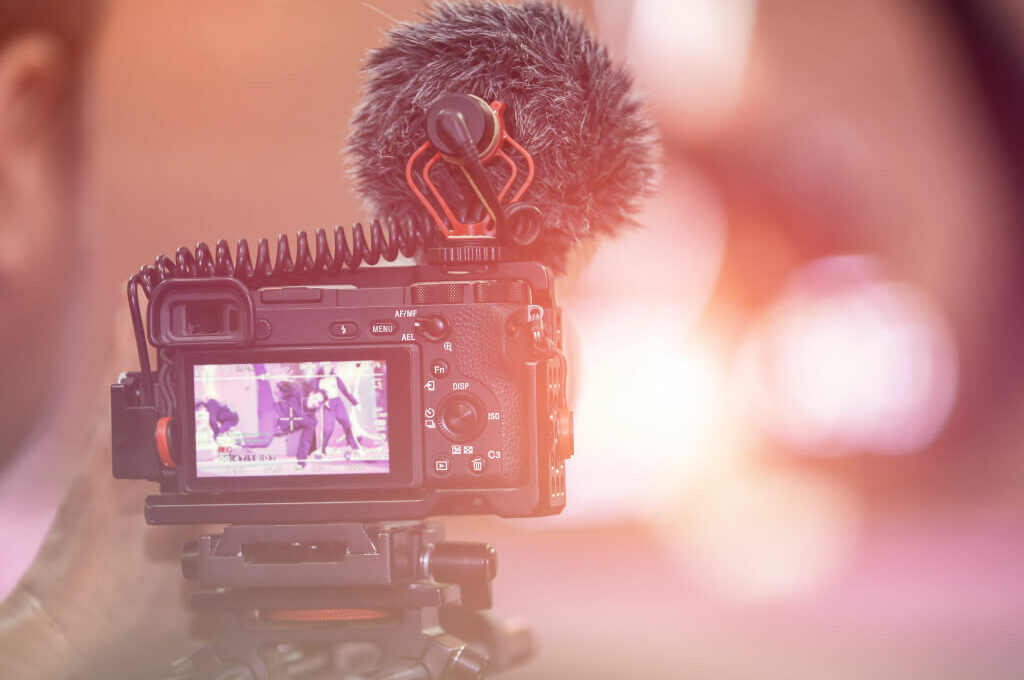If you want to make it as a cinematographer, you need to constantly be learning and improving your craft, just like you would for any other creator. It’s simple to advise someone to “just practise,” but it takes more creativity and effort to develop novel and useful ways to learn something new every day.
The art of filmmaking goes beyond technical proficiency. To master the craft of filmmaking and acquire a keen eye for composition and continuity, many years of practice are required. What separates average filmmaking from truly memorable images? Just what does the term “cinematography” refer to? There’s no doubt that you’ve encountered the expression repeatedly, yet what does it mean?
What is Cinematography?
Cinematography is the process and art of creating moving images that tell a story. Cinematography, in a technical sense, is the practice of capturing visual information using light, whether that be molecularly on film or digitally on an imaging system.
It is said that the term “cinematography” was derived from the Greek phrase “writing with movement,” which describes the process of creating moving images for a screen. A series of interconnected images that convey a narrative. Cinematography considers the visual hierarchy of each shot to determine the best composition. The best way to hone your cinematic skills is discussed in detail below.
Start Using a Camera
It’s obvious and accurate to say that there are many commonalities between photography and filmmaking. However, the expectations are far greater in photography since a sensation or story needs to be communicated through a single image, and this requires careful consideration of every aspect of the shot.
Camera configurations like exposure, colour temperature, and depth of field are just as important as framing ideas like the principle of thirds, focus, foreground, middle ground, and backdrop.
Get on Instagram
Instagram serves not only as an effective instrument for aspiring filmmakers but also as a cultural trend for sharing food photos. Instagram is a fantastic way to experiment with new viewpoints and learn what makes specific photos stand out, but only if you commit to using it to its fullest potential. It’s a fantastic programme for encouraging experimentation thanks to its extensive editing options, which range from adjusting the contrast to bringing out colours in highlights and shadows.
The Critical Importance of Framing
The clips you frame are going to be the ones that audiences focus on for the duration of the film. Even so, you shouldn’t frame shots at will. Each of your photographs must be framed with thought and intention.
When framing, it’s important to avoid making several common mistakes, such as using too much negative space or too much vertical space. However, take into account that anything goes in filmmaking if done on purpose.
Using a Storyboard is a Good Idea
Cinematographers spend a lot of time storyboarding, even if it’s not their favourite aspect of their position. It is not uncommon for a skilled cinematographer to have to painstakingly storyboard each shot of a film by hand.
If you’re a person of the future, I recommend exploring the many storyboarding options available to you online and via mobile app. Storyboarding is how a true cinematographer shows off, so ensure you’re prepared to dive in headfirst.
Learn From Videos
Videos can teach you just about anything you would like to know, making this a golden age of learning. Because of the proliferation of online video tutorials covering every topic from camera setup to editing techniques, filmmaking has been held up as a model of the democratisation of knowledge.
Consider Experimenting With Numerous Lenses and Cameras

A director of photography in the industry needs to be well-versed in cinematography and proficient with camera equipment. It’s a great means of broadening your photographic horizons to experiment with shooting with multiple cameras, regardless of whether you rent, borrow, or buy them. Learn the advantages and disadvantages of each camera you test about your preferred method of filmmaking.
Modify the Aspect Ratio
Another method to force a director of photography out of either his or her safe place is to shoot in different aspect ratios (which is needed to make progress). A competent cinematographer will be familiar with a wide range of filming ratios, from the 1:1 box to the 2.35:1 cinemascope.
A cinematographer’s opinion matters greatly when determining the optimal aspect ratio for a production, and the DP will generally make that choice on the material being shot.
Colour Grading
A great cinematographer in today’s multidimensional surroundings needs to know colour grading, if not how to fill that role, due to the shrinking and merging of roles on film crews. It is only natural for a DP to anticipate the final colour grade of a shot and plan accordingly when shooting.
When Looking for a Job, Your Network is More Important Than Ever
There’s a bit of a catch-22 when it comes to trying to find work as a cinematographer. You indeed need to produce high-quality footage if you want individuals to be aware of your work, but it’s also true that you need to work on high-quality productions to do so. The challenge is in initiating the process. Find out how to land your first project, the one that will launch your career.
The solution is to seek out locals who are on par with you. Gather together some filmmakers, artists, producers, and designers, and get to work on your next project. If you’re hungry, so are most of these other people who are making an effort to survive. Who do you think they’ll contact if they get promoted to a more important role? You, or someone they’ve never worked with before?
Every DP I’ve talked to, even at the very top, gets the vast majority of their work through personal connections with directors. One of two things will happen: either they will work with a director they have worked with before, or that director will recommend them to other directors or production companies. Having a solid relationship is preferable to having a stellar reel.
Get Your Cinematography Skills Going
You must get used to each of these procedures. The best way to learn to use them and feel confident doing so is to use them. Assuming you have a camera and appropriate lenses, you can begin taking pictures immediately. Once you’ve shot your footage, it needs to be edited. We wish you luck in becoming a better cinematographer by following these guidelines.

